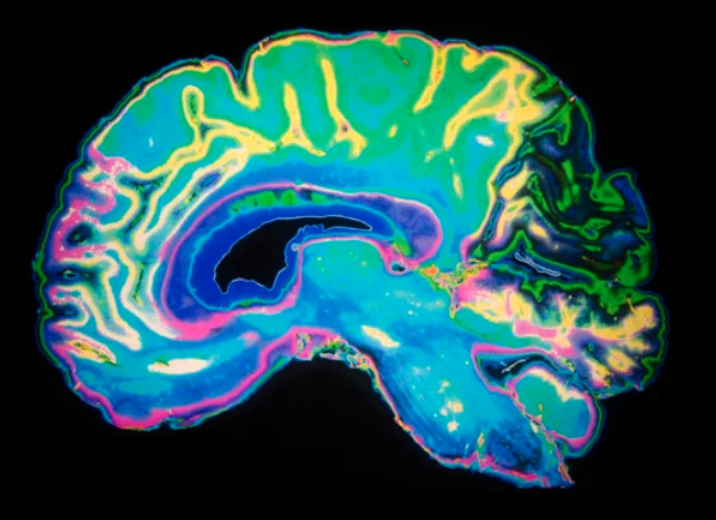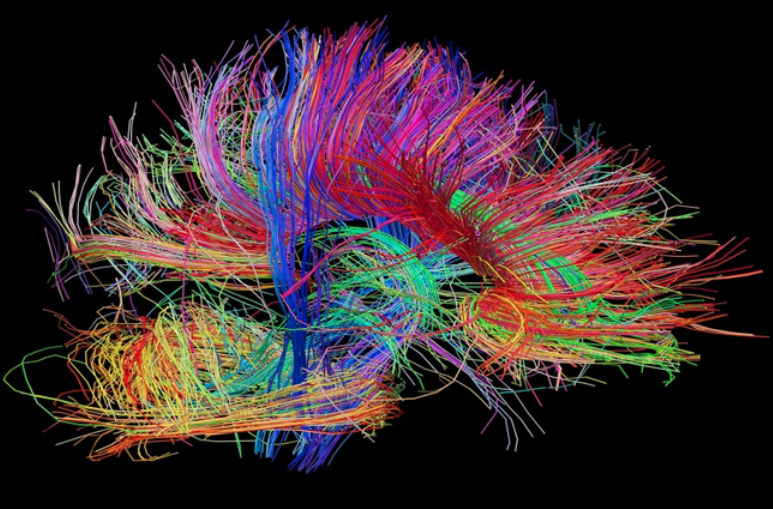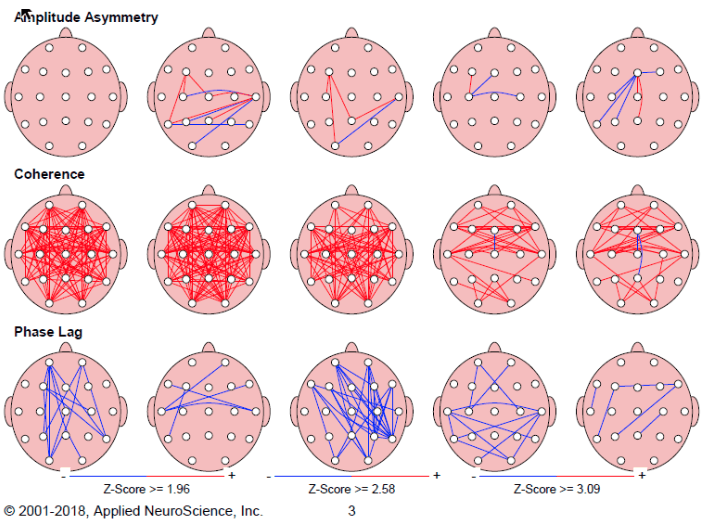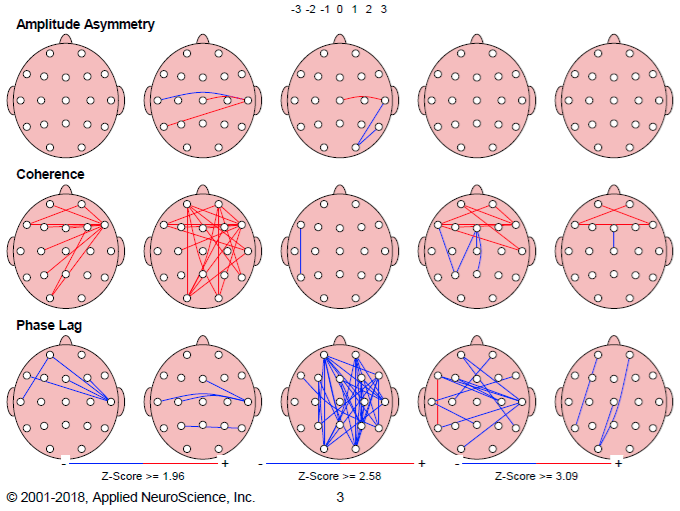WHAT IS NEUROFEEDBACK?

How Does It Work?

What is QEEG
A Quantitative ElectroEncephaloGram, or QEEG is a recording of the different waves in the different areas of the brain that creates a visual map of your brain activity. Our experienced staff are able to record and read this map to learn a lot about you and what your needs may be. This is why doing a QEEG is the necessary first step before you begin Neurofeedback training.
Your QEEG map once collected will typically turn around in 5 business days with a full, easy to understand report by our staff with over 20 years of experience with everything from severe head injuries to simple ADHD.
At Pain Free Life we can perform the initial QEEG brain map and also any follow-up QEEG maps to track progress, typically after each 15 hours of completed sessions of neurofeedback. Comparing these maps shows us the hard evidence of changes you have made through our program.
What Does A Typical Neurofeedback Session Look Like?
Before beginning neurofeedback training, clients must first receive a QEEG brain scan, or “Map”. Based on the outcome of this, and following discussion, with our brain map expert with over 20 years of QEEG brain map reading experience will design a protocol specifically tailored to each client’s individual needs and desired results.
A typical neurofeedback session begins with you making yourself comfortable either in our office, or with our in-home option where most of our clients like to train. We will consult with you on what symptoms or issues you are looking to improve for yourself or a loved one and make any adjustments to your protocol if necessary.
Next we will begin the training method of your choice. Depending on your protocol, you may play a video game or watch a tv show or movie. The sights and sounds on the screen before you will change according to your brainwaves. This is the “feedback” of neurofeedback, and this system of positive reinforcement and reward is how we train your brain to produce the brainwave activity associated with your personal goals for peak performance. Sessions usually last about 45 minutes.
What To Expect When You Have Your QEEG Recorded
- A QEEG brain scan takes about 30 minutes from being capped and gelled to recording.
- The process is painless and non-invasive.
- AVOID doing any non-prescribed drugs 24 hours before doing a QEEG brain map.
- First we will record 10 minutes of your brain activity with your eyes closed, then an additional 10 with your eyes open.
- The night before or morning of your QEEG recording, wash your hair twice and rinse very well. AVOID CONDITIONER and shampoos with conditioner or “creme” rinse. The waxes in those products make it very hard to get a good EEG signal.
- PLEASE AVOID CAFFEINE the morning before and ideally 18 hours before your QEEG. Otherwise don’t do anything differently (eating or sleeping habits).
- Please discuss any medications you are on with us before scheduling your QEEG.

Before

After
How Can Neurofeedback Help Me?
No matter how good your brain is, we can always make it better!” This is what we mean by optimum brain performance!
Neurofeedback is used to affect wide regulatory action of the brain, including attention, mood, self-control and self-regulation, stress, sleep, energy, and even migraines and seizures.
Neurofeedback also has a well documented success rate in treating age-related cognitive disorders, depression and anxiety disorders, addiction, and symptoms of the autism spectrum.
We also use neurofeedback to trigger a deep relaxation (for creativity, or anxiety and overstimulation), or to exercise the brain for stability and increased metabolism.
Everything we do here at Pain Free Life is evidence-based and research-validated.
What Types Of Neurofeedback Are There?
Neurofeedback can be called EEG Biofeedback when training “brain waves” (delta, theta, alpha beta). EEG encourages more or less specific frequency bands.
EEG is a form of “central” biofeedback. Complementary “peripheral” biofeedback modalities include Heart Rate Variability (HRV) and Galvanic Skin Response (GSR) training.
